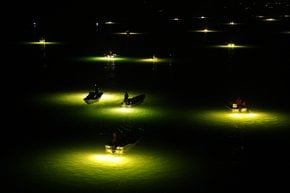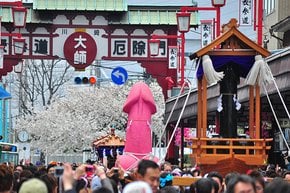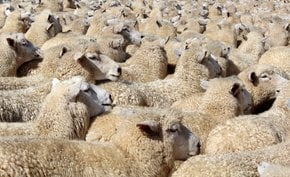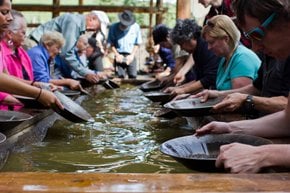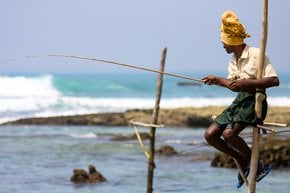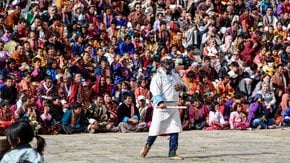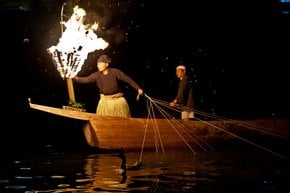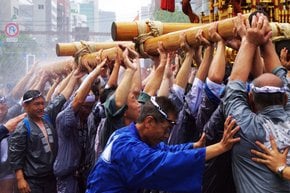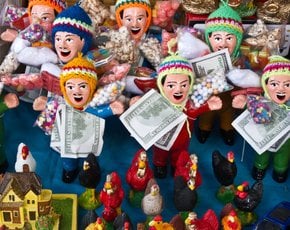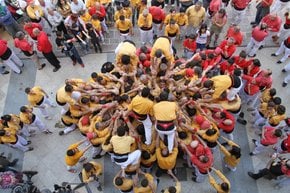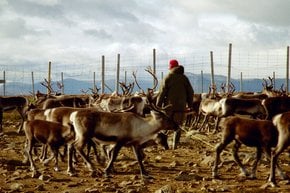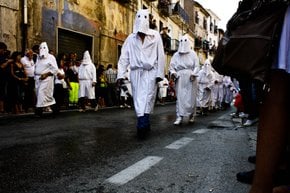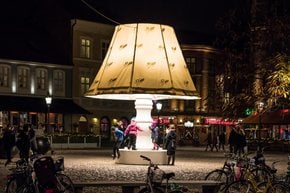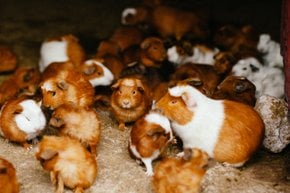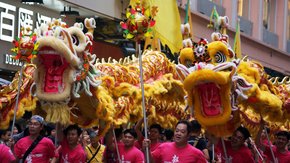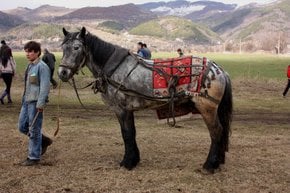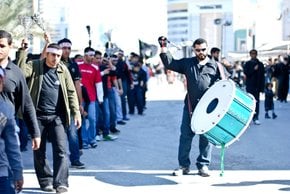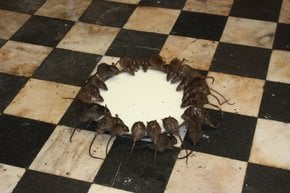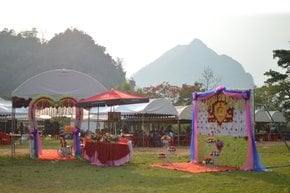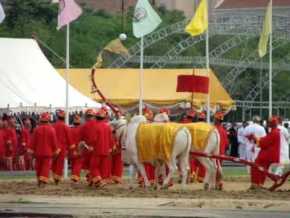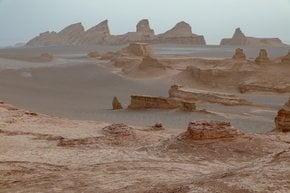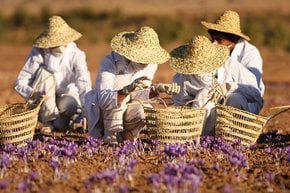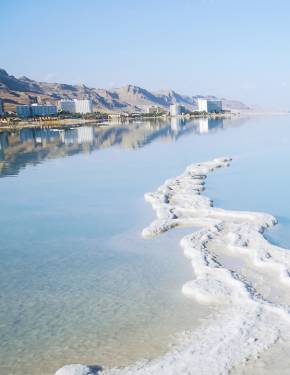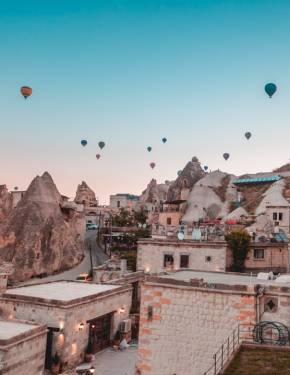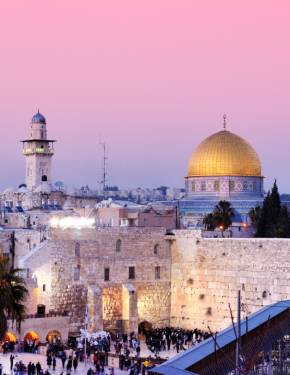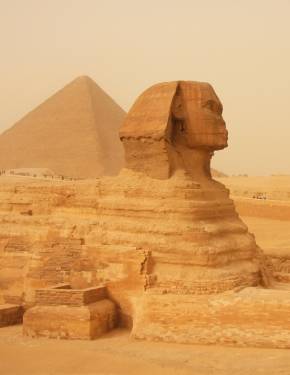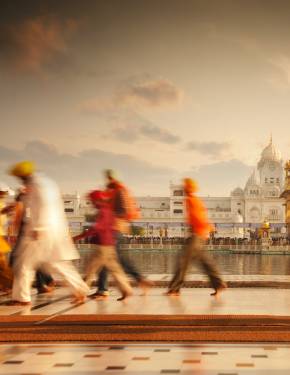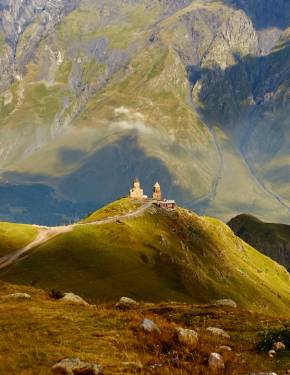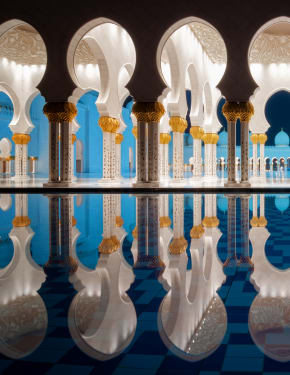Persian Rugs in Iran 2025-2026
Immerse yourself into the diverse and colorful world of Persian rugs which encompass many cultures and traditions
Best time: all year round
The former Persian Empire has a reputation for being home to the world's finest carpets. Iranian carpets or Persian rugs, as they are more commonly referred to, reveal the hidden histories and ancient traditions passed down from generation to generation, absorbing different cultural patterns through the centuries.
Modern-world Iran encompasses a great variety of carpets, from rustic village rugs to the city or palatial carpets made of silk and gold, created for sultans and emperors. Initially, the carpets were mainly woven and used by nomadic tribesmen as a necessity to protect themselves from cold and damp by covering the floors of their shelters. Over time, invaders, politicians, and Iran’s enemies have left their mark on Iran’s carpets, and the activity developed into the whole industry and set up a manifold artistic tradition of the enduring works of art that embody timeless elegance and grace.
The process of carpet making is very time consuming as stringing and knotting thousands of threads can take from several months up to a year. Only then the rug is cut, washed, and put out in the sun to dry. There is a joke that Iranians are born on carpets, live their lives, and see their last day on these woven masterpieces.
The carpets are usually cleaned and washed by hand and then left to dry on roofs when the weather is warm. So don't be surprised to see many colorful rugs if you explore Iran from the air.
When traveling across Iran, you can learn more about the carpet weaving techniques and regional styles. Some of the most famous carpet regions of Iran include East Azerbaijan (with capital Tabriz) in the northwest, Isfahan in the center, and Kerman in the southeast. Each of these regions boats a specific style.










